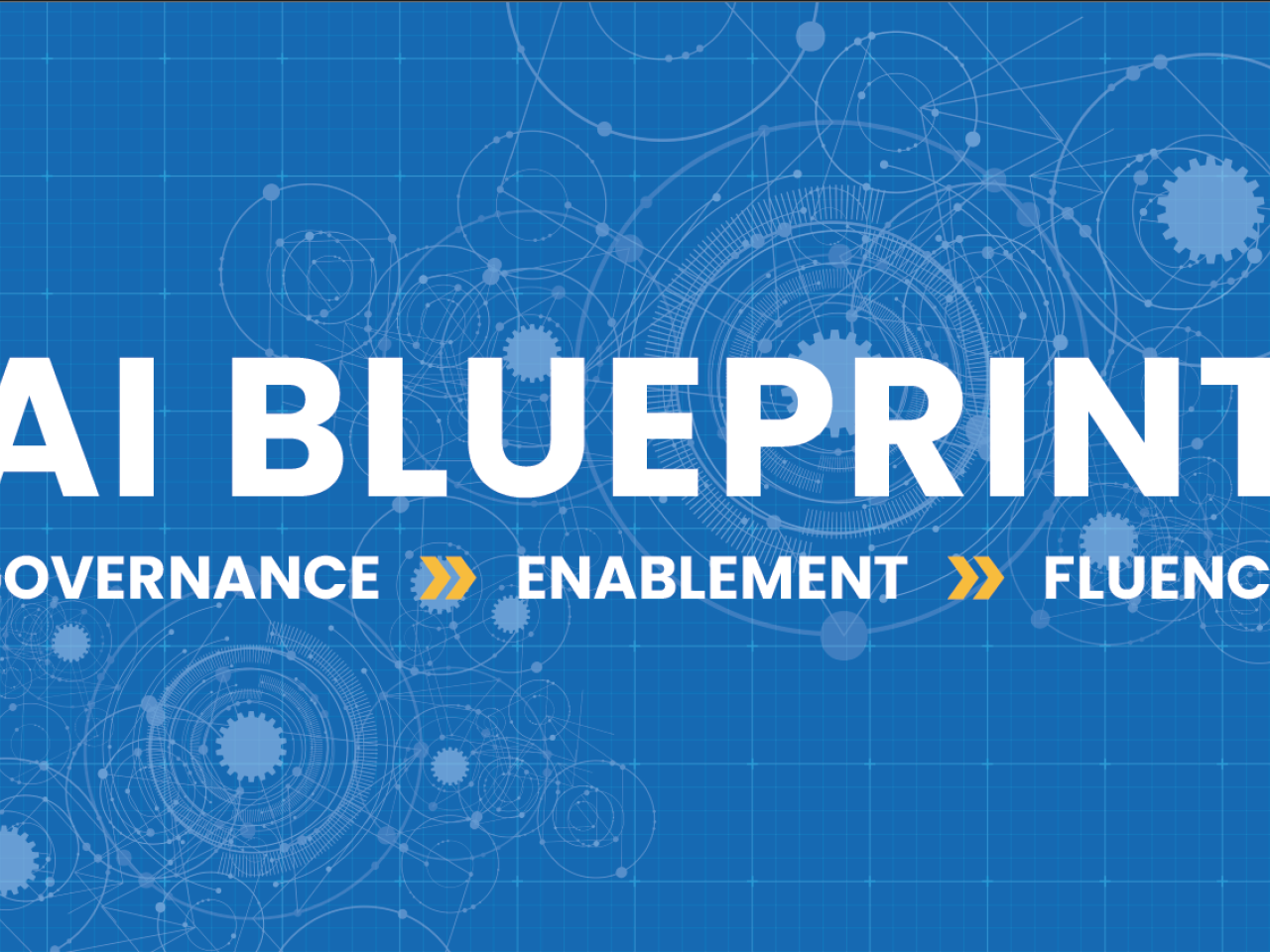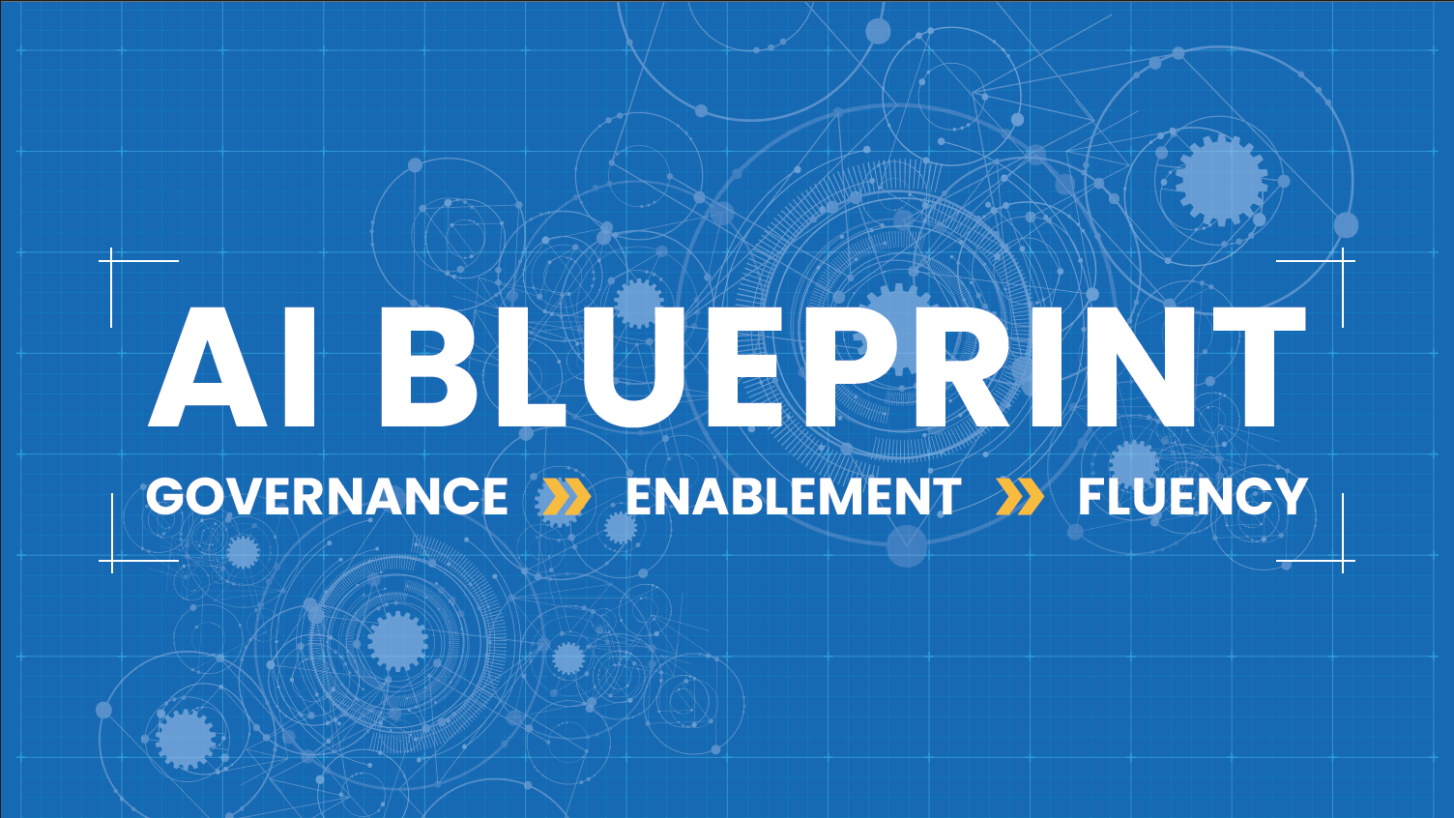Few technologies have transformed the world as quickly as artificial intelligence (AI) has—and its impact has been particularly felt in the workplace. According to a Microsoft study, 75% of employees are using AI at work in some capacity, with 78% of those employees bringing their own AI tools.
However, organizations across industries are lagging behind when it comes to monitoring, shaping and optimizing AI use. According to a survey by the Marketing AI Institute, only 19% of organizations have an AI plan setting out milestones for AI adoption. That number matches what we found in a recent survey of participants in AI Opener for Destinations, the industry’s leading AI education program. According to our findings, while only 19% of surveyed DMOs have AI policies, over 60% are planning or carrying out AI projects already—with or without a blueprint in place.
Launching AI initiatives without a plan is like trying to build a house without a blueprint. In this article, we’ll talk about why these blueprints or plans are so important and share some of the key parts of an AI blueprint.
Why is it important to have an AI blueprint for your organization?
As we pointed out at the beginning of this article, AI use is here to stay—and a significant proportion of employees are already using it for their work. However, as AI use increases, so does the risk. According to a survey by KPMG, 44% of U.S. workers knowingly use AI in unauthorized ways at work. That doesn’t even take into account workers who unknowingly misuse AI because of a lack of education or set regulations.
Launching AI projects or implementing tools without underlying policies and governance is risky. Organizations, from DMOs to hospitality businesses, need an established system to ensure that employees are using this technology safely, ethically and in line with the organization’s priorities. This includes policies and regulations to keep the organization and stakeholders safe, as well as education programs to help employees make the most of this new technology.
Having a documented map to AI adoption can also help destinations and hospitality organizations maintain compliance with legal requirements or industry credentials. For example, some certifications—like Destinations International’s DMAP certification— require proof of an AI policy.







